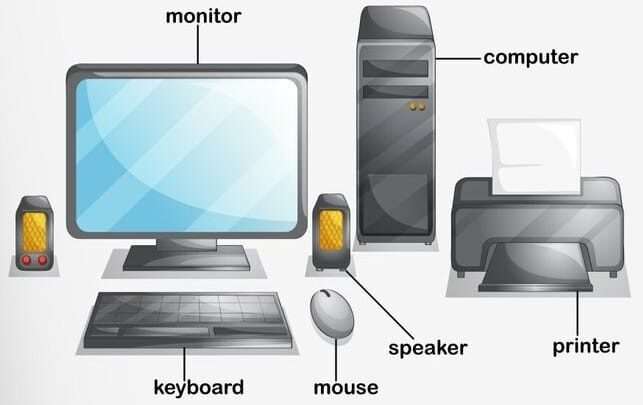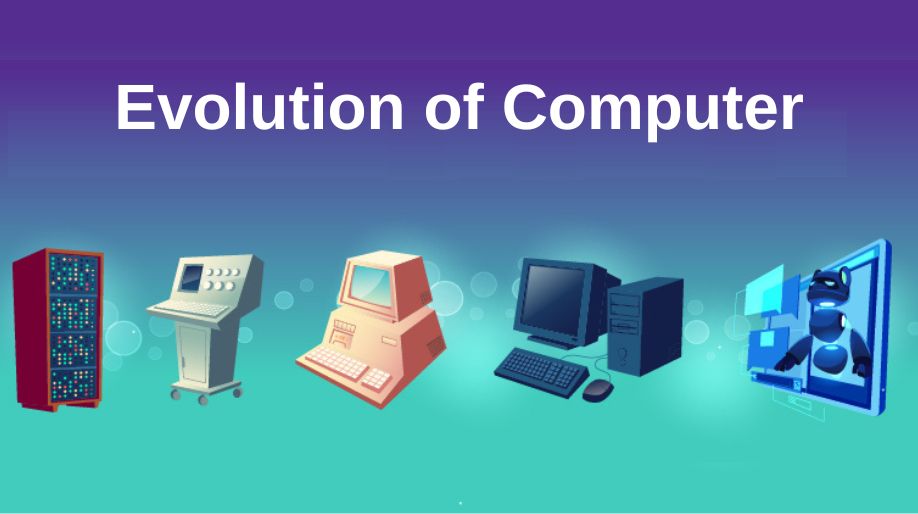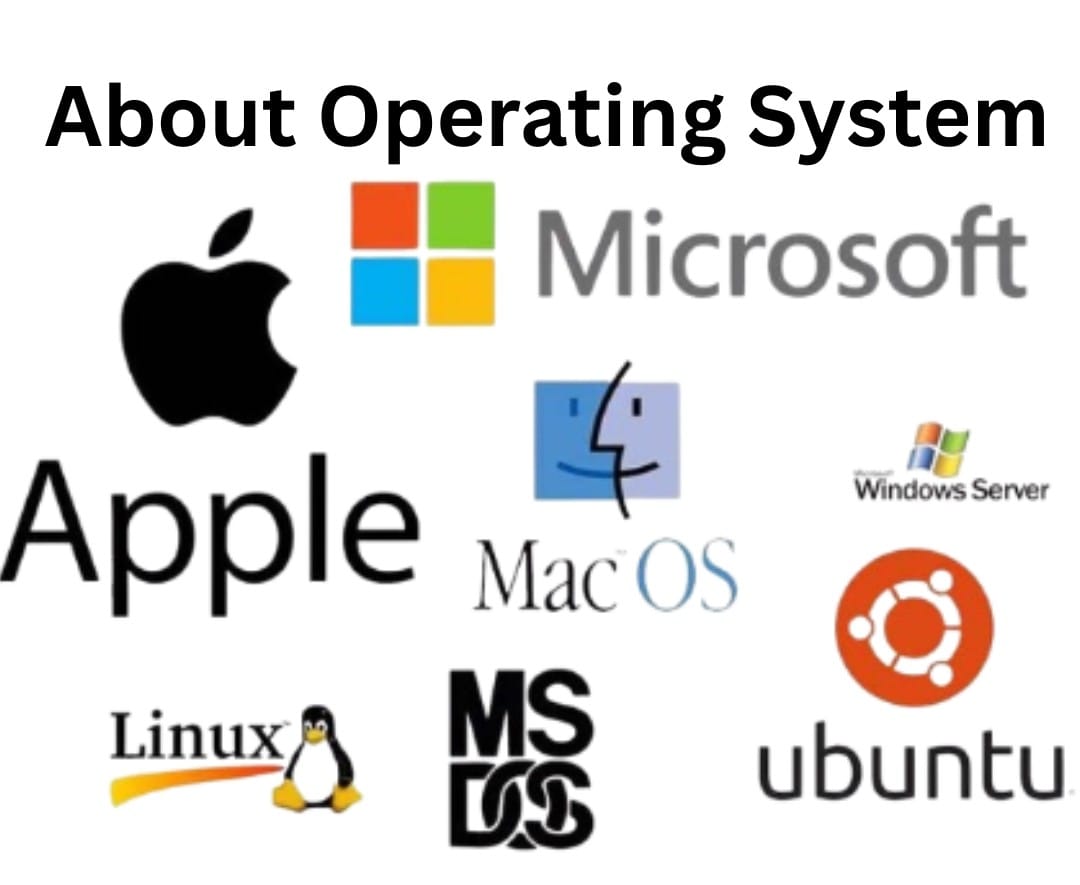Computer Basics: A Complete Introduction
What is a computer?
The word “computer” comes from the word “compute,” which means “to calculate.” It is an electrical device that follows a program, which is a collection of instructions, to process data and carry out activities. It has a rapid rate of information processing, retrieval, and storage.
Computer stands for “Common Operating Machine Purposely Used For Technological and Educational Research.”

Types of Computer
- Analog Computer: An analog computer is a type of computational device that uses continuous physical quantities—such as electrical voltages, mechanical motions, or fluid pressures—to represent and solve mathematical problems.
- Digital Computer: A digital computer is a type of computing device that processes data by representing information in discrete numerical form, typically using binary digits (bits).
- Hybrid Computer: A hybrid computer is a specialized computing system that integrates the features of both analog and digital computers.
Advantages of Computer
Computers play a vital role in modern life by improving efficiency, communication, and access to information. They perform tasks quickly and accurately, support learning and research, and enable global connectivity through emails and video calls. In business and healthcare, they automate processes, manage data, and aid in decision-making. Computers also boost creativity with tools for design and media. Overall, they have transformed how we work, learn, and interact, making life more efficient and connected.
Disadvantages of Computer
While computers offer numerous benefits, their overuse can lead to several drawbacks. Prolonged screen time often results in health issues like eye strain, back pain, and disrupted sleep patterns. Excessive reliance on digital communication may contribute to social isolation and diminished face-to-face interactions. Additionally, computers are vulnerable to cyber threats such as hacking and malware, posing risks to personal data security. Environmental concerns arise from the production and disposal of electronic waste, which can harm ecosystems. Recognizing these disadvantages is crucial for balanced and responsible computer usage.
Evolution of Computer
Applications of Computer
Computers have become integral to daily life, enhancing efficiency and connectivity across various domains. Education: They facilitate online learning, access to digital resources, and virtual classrooms. In healthcare, computers manage patient records, assist in diagnostics, and support telemedicine. In business, they streamline operations through software for accounting, inventory management, and customer relationship management. Communication has been revolutionized by computers, enabling instant messaging, video conferencing, and social media interactions. Additionally, they play a significant role in entertainment, providing platforms for gaming, streaming, and content creation. Overall, computers are indispensable tools that drive progress and innovation in modern society.
Latest IT Gadgets
IT Gadgets are devices or applications for information technology. “Gadgets” is a term that covers all available devices, such as television sets, cell phones, personal computers, and tablets. The devices are used in business, education, communication, healthcare, and entertainment to communicate with each other in the digital world through specially designed applications. You can use a computer for different applications by changing various kinds of software packages.
Hardware and Software
Hardware: The actual parts or gadgets that comprise a computer system or any other electronic device are referred to as hardware. It is everything you can physically touch and see in a device, as opposed to software, which is made up of the data and programs that operate on a computer. These are the physical components that cooperate to carry out duties, handle information, and assist with operations.
Software: Software is a collection of programs, data, and instructions that provide instructions to a computer or other electronic device. Hardware, or the actual parts of a computer system, can be compared to it. Word processing, web browsing, intricate computations, and gaming are just a few of the tasks that software allows users to accomplish.
Input and Output Devices
Input Devices: Hardware parts called input devices are used to communicate data or commands to a computer. They provide users the ability to communicate with the computer and supply the information needed for processing. These gadgets convert user input into information that computers can comprehend.
Output Devices: Hardware components known as output devices are used to show or present computer-processed data in a way that is both machine-readable and human-readable. In contrast to input devices, which let people provide the computer data, output devices let the computer give information, results, or feedback.





